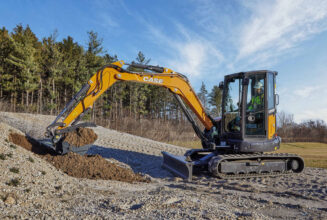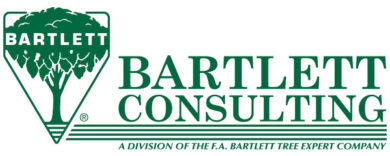Irrigation Insider: Workplace Safety Shouldn’t be a Leap of Faith
By Luke Frank
The recent passing of Evel Knievel got me to thinking. Let’s start this year right and everybody spend a just little time thinking about taking care of some personal business — namely, being safe on the job site and minimizing trauma to our vitals.
According to the Bureau of Labor Statistics, more than a million workers suffer back injuries each year, and back injuries account for 20 percent of workplace injuries or illnesses. Moreover, 1/4 of all Workers’ Compensation claims involve back injuries, costing employers billions of dollars — not to mention the “victims’” pain and suffering.
Back injuries can be outrageously painful and take a long time to heal. If you’ve experienced a back injury, you know it affects everything you do — from driving a vehicle to using the bathroom. And maybe the worst part — your first back injury opens the barn doors to future back injuries.
I can vouch for that. I’m 44 and my back is troublesome — and not just from loading equipment or humping a shovel for 20 years. In my youth, I played hockey for eight years and football for three. I have two compressed discs in my lower back, which has to be “adjusted” periodically so I can work and play.
Following are standard back-injury prevention techniques, just because it’s good to reread them now and again:
* Take a balanced stance with your feet about a shoulder-width apart. One foot can be behind the object and the other next to it.
* Squat down to lift the object, but keep your heels off the floor. Get as close to the object as you can.
* Use your palms (not just your fingers) to get a secure grip on the load. Make sure you’ll be able to maintain a hold on the object without switching your grip later.
* Lift gradually (without jerking) using your leg, abdominal and buttock muscles and keeping the load as close to you as possible. Keep your chin tucked in to maintain a relatively straight back and neck line.
* Once you’re standing, change directions by pointing your feet in the direction you want to go and turning your whole body. Avoid twisting at your waist while carrying a load.
* When you put a load down, use these same guidelines in reverse.
But what I’m suggesting goes beyond taking care of your back at work. According to the Centers for Disease Control and Prevention, nearly 16 workers die each day from traumatic injuries. In 2005, nearly 6,000 workers died from an occupational injury, and more than 4 million workers had a nonfatal injury or illness.
Private-sector workers experience 11,500 nonfatal work-related injuries/illnesses daily more than half of these injuries/illnesses require job transfer, work restrictions, or time away from their jobs as a result. Among all workers, not just the private sector, 9,000 workers are treated in emergency departments each day, and approximately 200 of these workers are hospitalized. In 2004, this resulted in an estimated 3.4 million nonfatal injuries and illnesses among civilian workers that were serious enough to be treated in hospital emergency departments.
You may confront any number of other occupational hazards — working with fertilizers and chemicals (use gloves and a respirator); around heavy machinery (wear steel-toed boots/hardhat); power equipment (wear gloves and glasses); outdoors (use sunscreen and drink water); etc. Please protect yourself.
Finally, take care of yourself every day — all of the time. According to a Home Safety Council report, dangers abound on the home front as well, causing as many as 20,000 deaths, 7 million disabling injuries, and 20 million hospital trips in the United States each year.
Most of my ailments are the result of stupid things I did for fun — I’ve never been injured on the job. But it all adds up to how I feel (and perform) everyday. I have arthritis in my thumb, and on the same hand an unnatural swell on my fourth metacarpal, both of which advise me when storms are moving in. I also have a trick knee that pops out periodically and has to be hypo-extended to pop back in. My nose has been broken a few times (and fixed), and I’ve had a couple of hernia surgeries.
I assume this is all kind of average for a middle-aged man. But I chose the word “victim” earlier, because everything on my list was pretty easily preventable. Sometimes testosterone just gets in the way of common sense. Who thinks at the time that being pulled by a car to ski slalom down an irrigation ditch will lead to pinpoint-accurate weather forecasts?
Luke Frank has been an editor and publisher in the green industry for the past 17 years, addressing water resource development, management and conservation through the irrigation profession. His field experience includes 17 years as an irrigation foreman, contractor and manager in the landscape, turf, golf and nursery industries. He currently resides in Albuquerque, N.M. He can be reached via e-mail at lukefrank@comcast.net



